
Elliance, a digital marketing agency, crafts tailored higher education marketing campaigns for college and university enrollment teams. Here are five essential best practices for effectively managing a successful lead generation campaign.


Elliance, a digital marketing agency, crafts tailored higher education marketing campaigns for college and university enrollment teams. Here are five essential best practices for effectively managing a successful lead generation campaign.

At Elliance, a digital marketing agency, we create unique landing pages for our higher education marketing campaigns. Here are some best practices that we follow which work well in attracting and engaging prospective students.

This checklist is designed for new deans sizing up a marketing department and prospective vice presidents for marketing as they size up a new job opportunity or performance of their marketing department.

This blog post about how to recruit and enroll adult students was partly inspired by our work with forward thinking clients like Kathy Groves and Emily Horstman at William Woods University, Jacqui Spicer and DaRon Hairston at Baker College, Mollie Cecere at Carlow University, Brad Sims and Dianne O’Neill at Capitol Technology University, and Karen […]
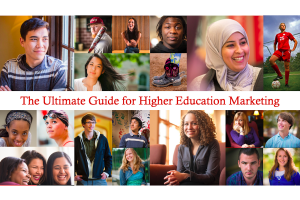
This guide was written to help under-resourced, small to medium colleges and universities who can’t compete in the marketing arms race and yet need to out-wit and out-smart the deep-pocketed Goliaths. We call them small giants. As one of the leading higher education marketing agencies, we learned the strategies and tactics presented here from serving […]
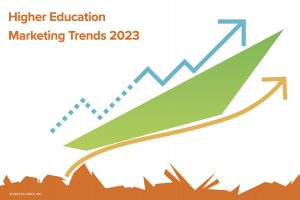
The ground shifts again. Here are the top ten digital strategy trends that will shape higher education marketing in 2023.

Our findings are pretty sobering. Read the six ways to improve your success ratio for launching your next new degree programs.
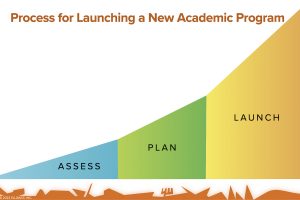
We share a case study of a university launching a new academic program that almost didn’t make it. And how we turned it around and made it a runaway success.
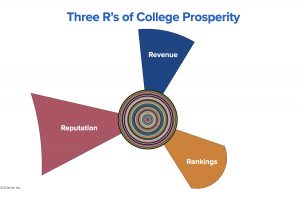
Welcome to your new adventure. Get ready to pursue the 3 R’s of prosperity: Revenue, Reputation and Rankings. These three currents flow under the sixteen best practices for managing and running a successful college.
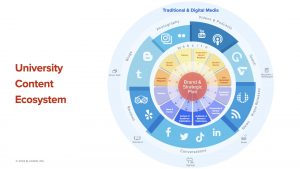
Great content is the lifeblood of successful college brands. Use the anatomy of a content ecosystem to create a memorable college or a university brand.